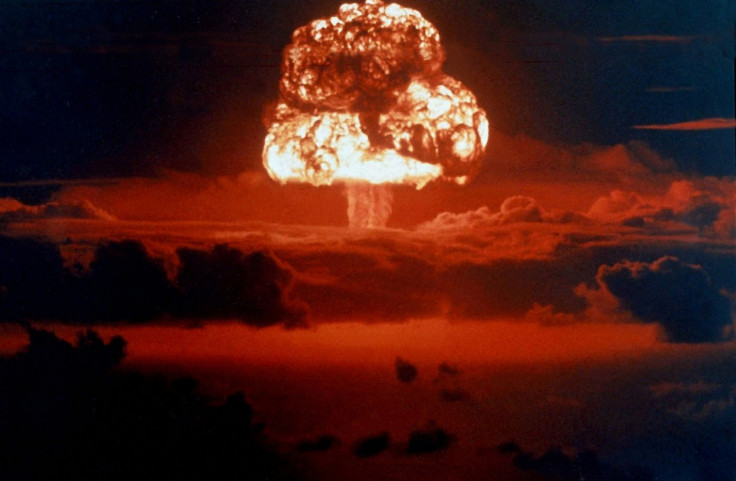Does Donald Trump really have the nuclear button? All you need to know
The nuclear button is in the spotlight following the boasts of Kim Jong-un and Donald Trump.

The New Year started off on a scary note as the leaders of two countries issued nuclear threats against each other.
First, North Korea's supreme leader Kim Jong- Un boasted he has the nuclear button on his desk and that he is not afraid of using it.
This triggered a fiery response from US President Donald Trump who claimed that his "nuclear button" is much bigger and more powerful than Kim's and that his "button works".
While that may not exactly seem like the kind of statements that one would expect from world leaders with nuclear strike capabilities, it has got many wondering what the nuclear button actually is and where it is. Is it really on the president's table, and what would happen if Trump actually pushes it?
North Korean Leader Kim Jong Un just stated that the “Nuclear Button is on his desk at all times.†Will someone from his depleted and food starved regime please inform him that I too have a Nuclear Button, but it is a much bigger & more powerful one than his, and my Button works!
— Donald J. Trump (@realDonaldTrump) January 3, 2018
From anecdotal evidence, it can be assumed that there is indeed a big red button on Trump's table, but in a lighter vein it is said to alert one of the White House staff members to bring him diet coke. Launching nuclear strikes is something that only the president can authorise in the US, but the procedure to give these orders come after a lot more work than simply a button.

The "Nuclear Football", or the "Presidential Emergency Satchel" is a nondescript leather bag that is carried by a military aide, an officer who travels with the president at all times. Inside the "football", is a lot of paperwork, says Popular Mechanics.
According to CNN, there are many instructions, including, a whole menu of strike options in the "Black Book", small cards, about three-by-five-inches with authentication codes for the president to confirm his identity, secure bunkers and their locations where the president can be kept safely, should there be a strike, and a detailed how-to on the use of the Emergency Broadcast System.
Should the president want to use nuclear weapons against an enemy, he needs to first speak with and confer with his advisers on what the course of action should be. His advisers will then go through the Black Book for a list of options, contingencies, and other details. After one of them is chosen, the plan needs to be activated.
Next, the president has to send the orders after confirming his identity by reading out the code printed on the "biscuit"- three-by-five-inch cards. After the identity of the orders is confirmed as the president's, the orders will be passed down the military chain of command through a secure communications network all the way to bombers, submarines, and missile crews all over the world.
Once the crews receive their orders to fire, they are obligated to follow the orders as long as they are legal US military personnel. The weapons will then be set off towards their target. After they have been launched, it is not clear if they can be aborted.
While the system itself is designed to be fast, there are lots of checks and balances along the way. The president's aides can persuade him to refrain from using nuclear weapons, but they do not have a veto against the president. It is ultimately the decision of the commander-in-chief.





















